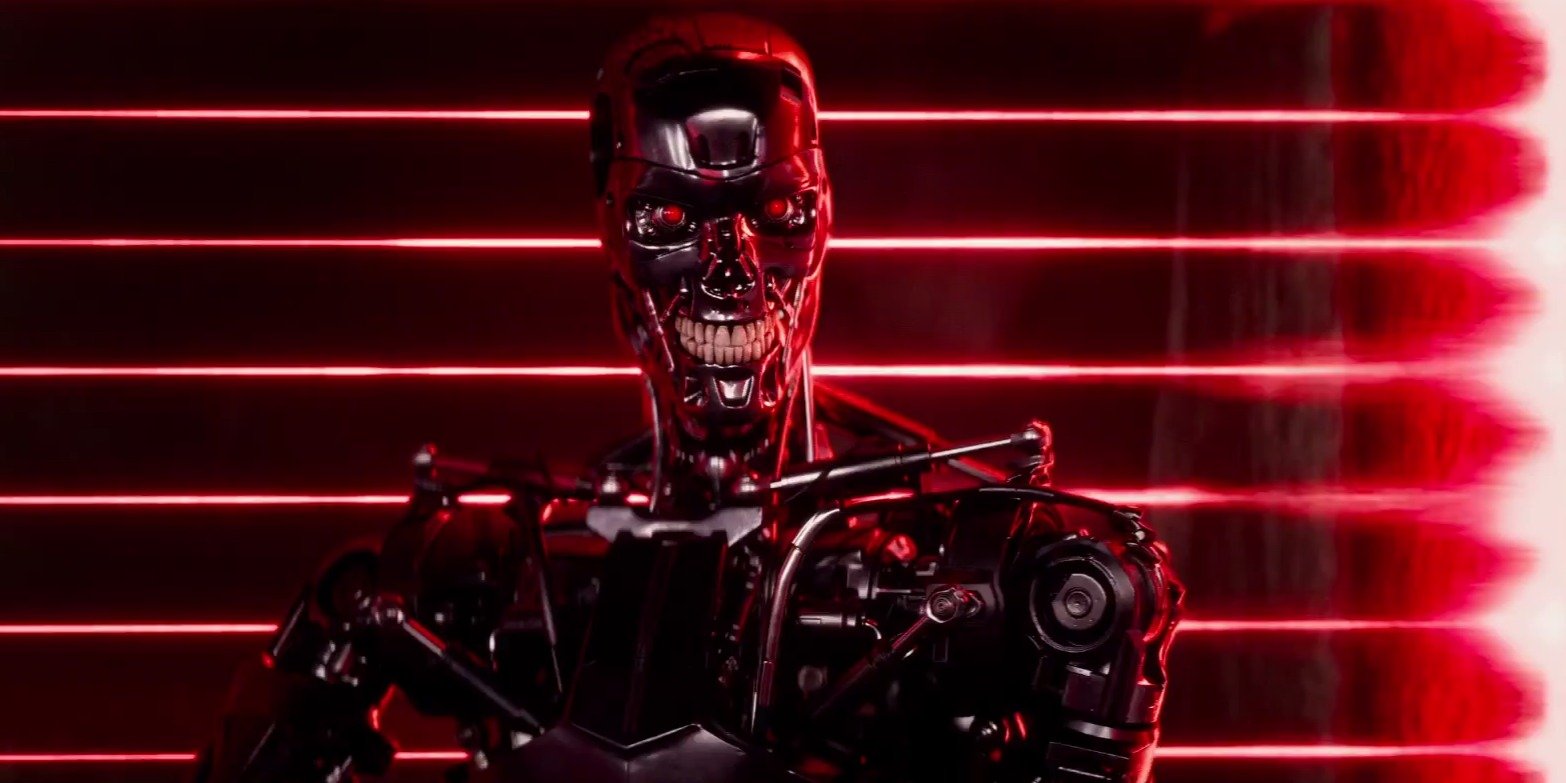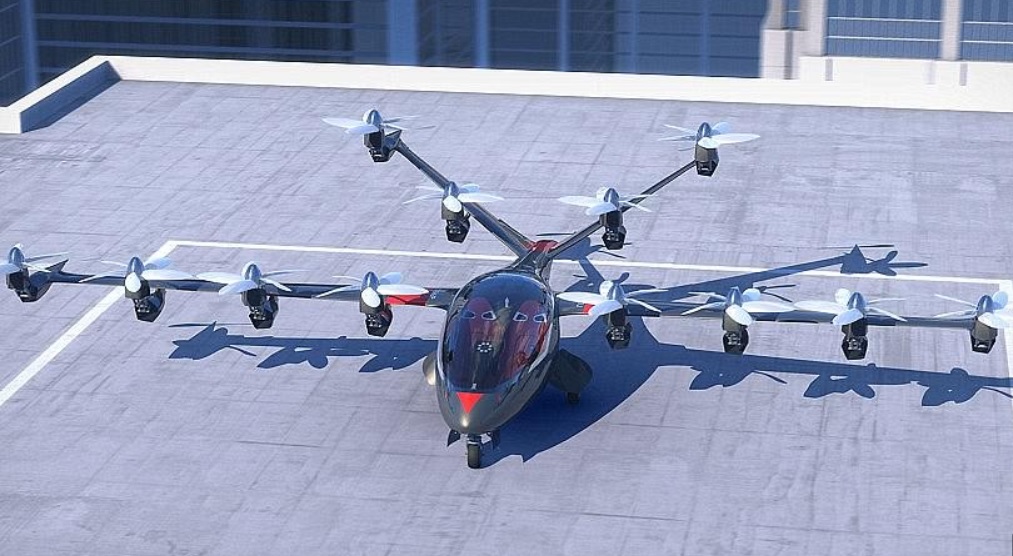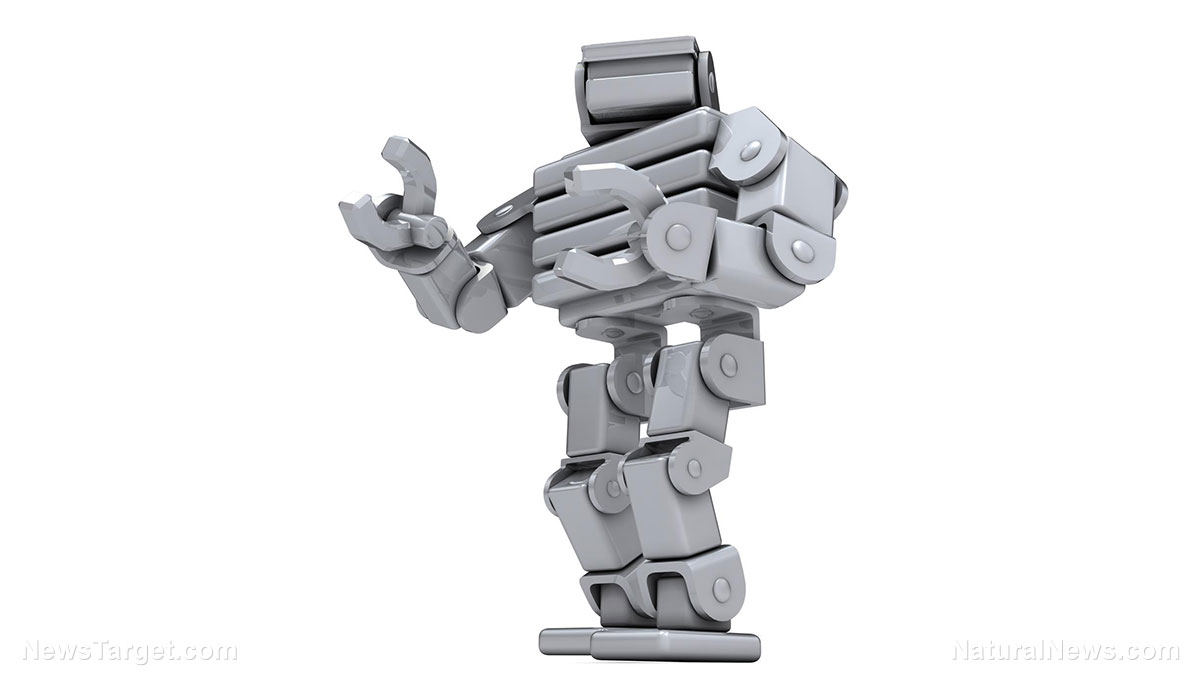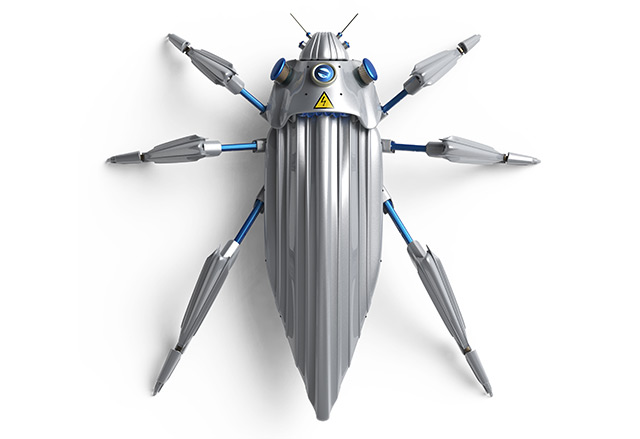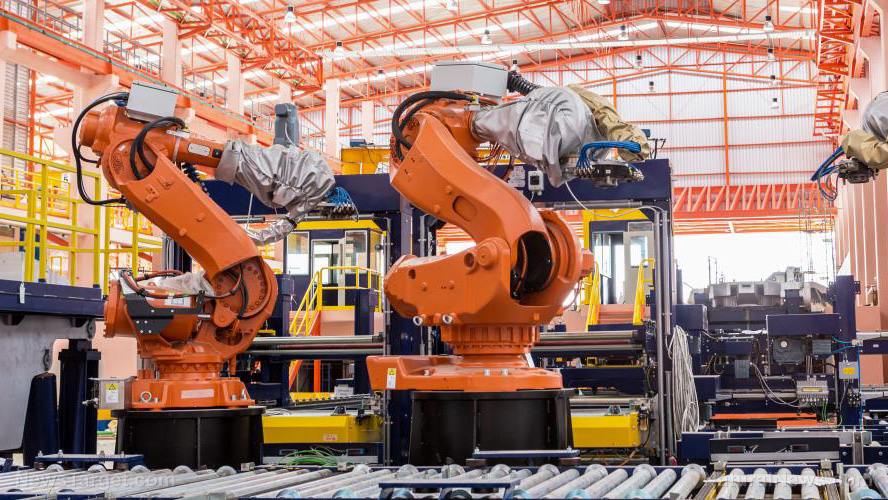(Cyberwar.news) The U.S. military is developing ways to incorporate artificial intelligence (AI) into its next-generation weapons systems, including the F-35 fighter plane and so-called “cyber soldiers.”
However, military officials admit that they are behind the curve thus far introducing AI systems and are working hard to catch up, the UK’s Daily Mail reports.
“The commercial world has already made this leap,” said Deputy Defense Secretary Robert Work at a national security forum co-hosted by Defense One and the Center for a New American Security. “The Department of Defense is a follower.”
Work went on to say that futuristic cyber battles would be reliant on AI, noting that humans alone do not possess the reaction capacity to compete with such systems on their own.
“You cannot have a human operator operating at human speed fighting back at determined tech work,” said Work. “You are going to need to have a learning machine that does that.”
The deputy defense secretary said it was a great time to be a military scientist but that the Pentagon had its work cut out for it regarding cyber systems. He also noted that automating weapons system delivery could be a thing of the future.
“We believe strongly that humans should be the only ones to decide to when use lethal force,” he said. “But when you’re under attack, especially at machine speeds, we want to have a machine that can protect us.”
Work said the much-maligned F-35’s “smart” helmet, which is being designed to help pilots track their targets, was a priority project. And he said that in the future AI would assist in controlling military vehicles.
“We are looking at a large number of very, very advanced things,” he said, citing recent programs that would deploy waves of small drones from larger drone “motherships.” Various AI systems would also be designed to work in tandem as a “superbrain,” he said.
“If we launch seven missiles at a surface action group and one missile goes high, and is looking at all the different things that the battle group is doing to defend itself and it sees something new that’s not in its library, it will immediately report back on the learning network, which will go back to a learning machine, which will create ‘here’s something you should do,’ which will pass it over to human machine collaboration— so the mission commander can make an adjustment on the next salvo and then make a command change inside the software of the missile so that the next seven missiles launch will be that much more effective,” Work said.
Already, the Defense Department’s Skunk Works is using AI to create technology that will help build a futuristic robotic “super soldier.” Such systems would incorporate augmented reality to help with communication and help ground troops identify sources of gunfire and targets.
Such systems are already in use on aircraft, submarines and tanks, but the gear is too bulky and heavy for average infantry troops to carry for long periods of time.
“We are working towards advanced capabilities that would make dismounted infantry squads more adaptable, safe and effective,” said said Major Christopher Orlowski, program manager at the Defense Advanced Research Projects Agency (DARPA), the Daily Mail reported.
- Click here to ‘like’ Cyberwar.news on Facebook! And sign up below for our daily newsletter, so you never miss a story!
See also:
Daily Mail
Defense One
Robotics.news

